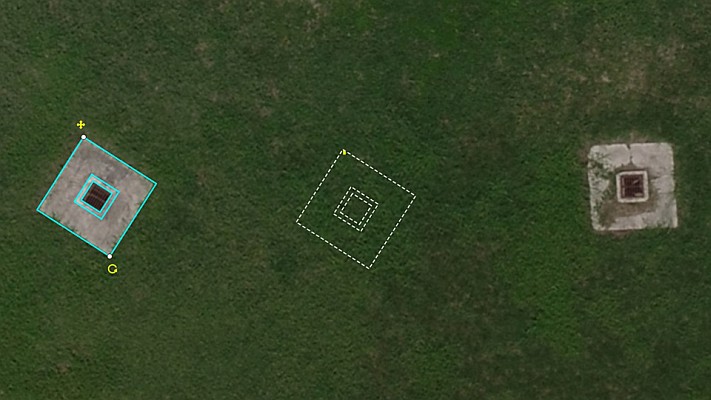Scientists are expecting that this year’s Gulf of Mexico hypoxic zone, also called the “dead zone,” will be approximately 5,483 square miles or about the size of Connecticut–the same as it has averaged over the last several years.
 The dead zone in the Gulf of Mexico affects nationally important commercial and recreational fisheries and threatens the region’s economy. Hypoxic zones hold very little oxygen, and are caused by excessive nutrient pollution, primarily from activities such as agriculture and wastewater. The low oxygen levels cannot support most marine life and habitats in near-bottom waters.
The dead zone in the Gulf of Mexico affects nationally important commercial and recreational fisheries and threatens the region’s economy. Hypoxic zones hold very little oxygen, and are caused by excessive nutrient pollution, primarily from activities such as agriculture and wastewater. The low oxygen levels cannot support most marine life and habitats in near-bottom waters.
This year marks the first time the results of four models were combined. The four model predictions ranged from 4,344 to 5,985 square miles, and had a collective predictive interval of 3,205 to 7,645 square miles, which take into account variations in weather and oceanographic conditions.
The NOAA-sponsored Gulf of Mexico hypoxia forecast has improved steadily in recent years, a result of advancements of individual models and an increase in the number of models used for the forecast. Forecasts based on multiple models are called ensemble forecasts and are commonly used in hurricane and other weather forecasts.
The ensemble models were developed by NOAA-sponsored modeling teams and researchers at the University of Michigan, Louisiana State University, Louisiana Universities Marine Consortium, Virginia Institute of Marine Sciences/College of William and Mary, Texas A&M University, North Carolina State University, and theUnited States Geological Survey (USGS). The hypoxia forecast is part of a larger NOAA effort to deliver ecological forecasts that support human health and well-being, coastal economies, and coastal and marine stewardship.
“NOAA, along with our partners, continues to improve our capability to generate environmental data that can help mitigate and manage this threat to Gulf fisheries and economies,” said Kathryn D. Sullivan, Ph.D., under secretary of commerce for oceans and atmosphere and NOAA administrator. “We are adding models to increase the accuracy of our dead zone forecast.”
The Gulf of Mexico hypoxia forecast is based on nutrient runoff and river stream data from the USGS. The USGS operates more than 3,000 real-time stream gauges, 50 real-time nitrate sensors, and collects water quality data at long-term stations throughout the Mississippi River basin to track how nutrient loads are changing over time.
The USGS estimates that 104,000 metric tons of nitrate and 19,300 metric tons of phosphorus flowed down the Mississippi and Atchafalaya rivers into the Gulf of Mexico in May 2015. This is about 21 percent below the long-term (1980-2014) average for nitrogen, and 16 percent above the long-term average for phosphorus.
Source: GISuser






